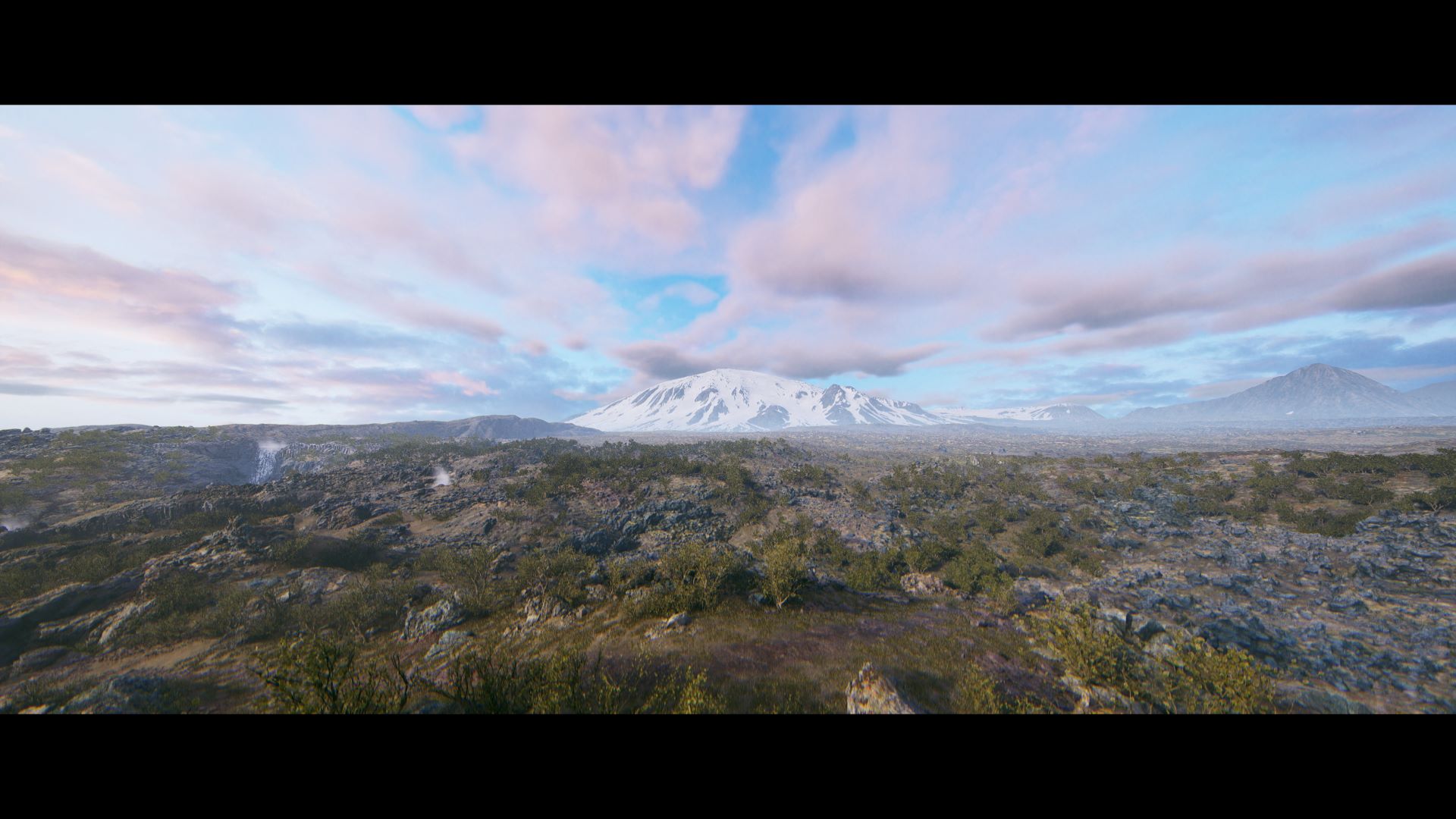
2017’s Hellblade: Senua’s Sacrifice was an exceedingly special game. A bold, brash direction for Ninja Theory, the decision to craft a short, narrative experience revolving around mental health was a brave leap, but one that ultimately paid off. Now, seven years later, the studio is gearing up to reveal a sequel to Senua’s story, built with the same love and care, but expanding on the debut in every conceivable way.
In the run up to launch, we’ll be bringing you the story of Senua’s Saga: Hellblade II from inside the studio itself, as well as stories and lessons from Hellblade’s creative leads. This is Ninja Theory’s ultimate form, filled with industry-leading talent, groundbreaking technology, and one of the most unique approaches to game development you’ve ever seen to fulfil the ultimate goal – the pursuit of true immersion.
When it comes to the environments showcased in Senua’s Saga: Hellblade II, breathtaking doesn’t quite cover it. Despite its linear story, the game showcases a sense of scale that adventures like this don’t often offer, and everything you see is rooted in a familiar realism. Where most games of this kind would confine you to corridors, valleys, and other means of obscuring your view, Hellblade II’s vistas often stretch to the horizon, giving you a sense of the sheer size of Senua’s journey ahead. The idea is clear – this is literal worldbuilding, rooting your journey in a much, much, bigger story.
During our visit to Ninja Theory, we had the opportunity to speak to key creative leads about how the studio achieved this sense of place through location scouting and research, to bring an ethereal, yet believable recreation of medieval Iceland into Hellblade II.
2017’s Hellblade: Senua’s Sacrifice was an exceedingly special game. A bold, brash direction for Ninja Theory, the decision to craft a short, narrative experience revolving around mental health was a brave leap, but one that ultimately paid off. Now, seven years later, the studio is gearing up to reveal a sequel to Senua’s story, built with the same love and care, but expanding on the debut in every conceivable way.
In the run up to launch, we’ll be bringing you the story of Senua’s Saga: Hellblade II from inside the studio itself, as well as stories and lessons from Hellblade’s creative leads. This is Ninja Theory’s ultimate form, filled with industry-leading talent, groundbreaking technology, and one of the most unique approaches to game development you’ve ever seen to fulfil the ultimate goal – the pursuit of true immersion.
When it comes to the environments showcased in Senua’s Saga: Hellblade II, breathtaking doesn’t quite cover it. Despite its linear story, the game showcases a sense of scale that adventures like this don’t often offer, and everything you see is rooted in a familiar realism. Where most games of this kind would confine you to corridors, valleys, and other means of obscuring your view, Hellblade II’s vistas often stretch to the horizon, giving you a sense of the sheer size of Senua’s journey ahead. The idea is clear – this is literal worldbuilding, rooting your journey in a much, much, bigger story.
During our visit to Ninja Theory, we had the opportunity to speak to key creative leads about how the studio achieved this sense of place through location scouting and research, to bring an ethereal, yet believable recreation of medieval Iceland into Hellblade II.






